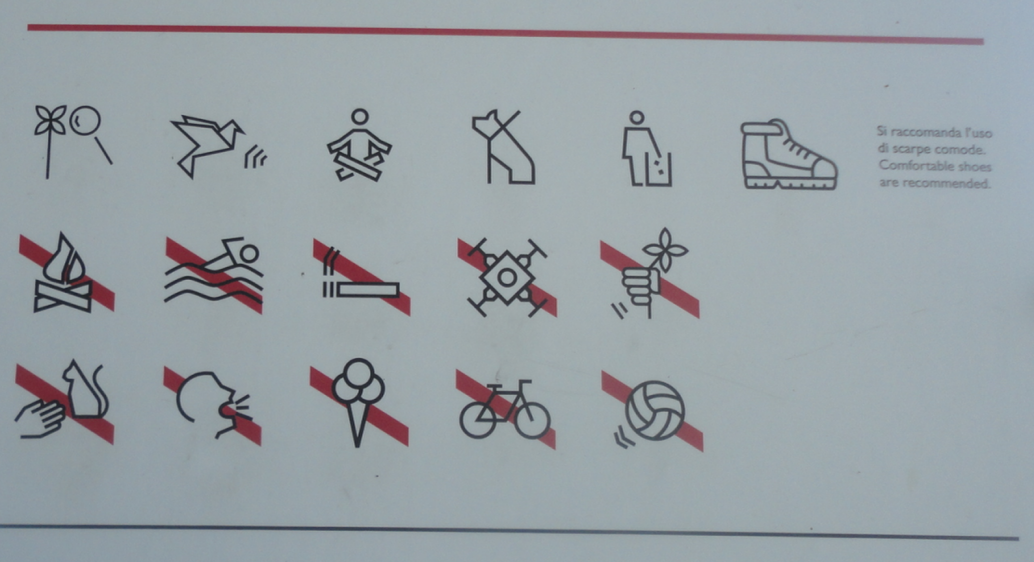This is an opinionated piece by Andrew Latham, professor of international relations at Macalester College in Saint Paul, Minn., a senior fellow at the Institute for Peace and Diplomacy and a non-resident fellow at Defense Priorities in Washington.
Addition to insert the official statement by the Canadian government: Security and defence partnership between the European Union and Canada
Archived link
...
Canada and the European Union have signed a new Security and Defence Partnership focused on cyber defense, maritime security, hybrid threats and industrial resilience. It may sound like bureaucratic routine, but in fact it represents the next step in the evolution of Canada’s grand strategy: a consolidation of its northern vocation as an Arctic and North Atlantic power.
For years, Ottawa’s strategic posture has been scattered — globalist rhetoric masking an absence of focus. That era is ending. With this agreement, Canada is beginning to align its diplomatic and defense priorities with the geography that truly defines its security: the northern approaches.
...
The partnership builds on decades of cooperation but carries new strategic weight in a world of revived spheres of influence. As Russia militarizes the High North and China pushes Arctic shipping and data routes, Canada and Europe are binding together their defenses of the North Atlantic and Arctic seas.
The focus on cyber resilience and hybrid threats echoes the growing anxiety about undersea cables, satellite networks and energy infrastructure — the connective tissue of modern power that is increasingly vulnerable to disruption.
...
The industrial side of the partnership deserves more attention than it has received. The joint declaration calls for stronger supply-chain integration, cybersecurity cooperation and joint production in key sectors such as munitions and aerospace. This is not just about trade; it is about strategic endurance.
The U.S. is straining to supply both Ukraine and its Indo-Pacific posture. Europe is rearming but remains dependent on fragmented supply lines. Canada’s integration with Europe’s industrial base offers a way to build redundancy into the alliance — to strengthen the defense-industrial fabric that keeps deterrence credible in a protracted contest of attrition.
...
Canada’s partnership with the EU is an act of adaptation, not defection — a recognition that the Arctic and the North Atlantic are now central theaters of global power, and that securing them is both Canada’s duty and opportunity.
Seen through this lens, Ottawa’s strategic posture begins to look more coherent. The same logic that drove its focus on undersea cable protection, Arctic over-the-horizon radar and modernized continental defense now extends outward into transatlantic collaboration. Canada is not turning away from the United States but is reinforcing the northern shield that protects both continents.
...





 Apologies for the poor picture quality as it has to be extracted from a video that I took of it happening. This error shows for an instant and then the computer shuts down.
Apologies for the poor picture quality as it has to be extracted from a video that I took of it happening. This error shows for an instant and then the computer shuts down.

